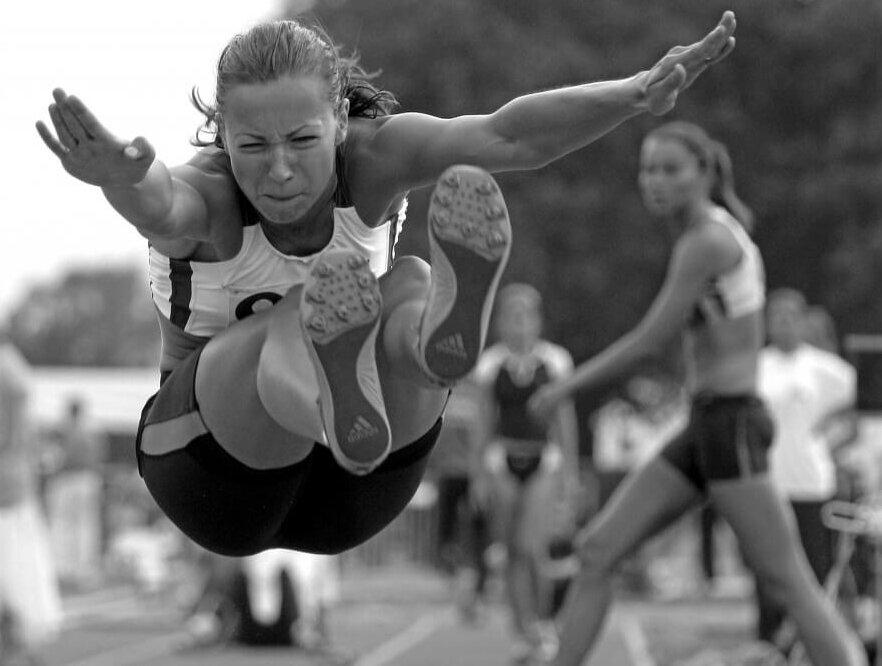
Sport is captivating. Engaging in it elicits strong emotions for many people, like passion, excitement, and love. Sport is so central to many people’s lives that it impacts the choices participants and spectators make about how they live. For example, practice and game schedules often determine how one’s days, weeks, and even vacations are planned. In addition, the great value is placed on the role of sport in our lives. Sport is argued to be a place where people can learn and practice socially valued behaviors such as teamwork, perseverance and hard work; all characteristics are also used to describe valued employees and community members. However, sport can also encourage behaviors that can be negative and damaging. For example, the culture of power and performance sports encourages athletes to play through pain and injury. Those who make that choice are often rewarded through education which reinforces their decision. Certain behaviors, including playing through injury, striving for distinction, accepting no obstacles in the pursuit of success, and always putting the game first, combine to create the Sport Ethica phenomenon that supports and reinforces one’s identity as an athlete (Coakley, 2021).

The elements of the Sport Ethic may read to some like a roadmap to build the perfect athlete. Subscribers to the phenomenon may well be aggressive, obedient, and fiercely committed to the team and sport, perhaps to a fault. “They will have to drag me off the field.” “All I want is all you got.” “Softball is life.” “Leave it all on the field.” These and similar statements are common affirmations of the Sport Ethic with each communicating that we, as coaches and parents, expect student-athletes to place the game before their well-being, relationships with others, and their future. That is really the core of the Sport Ethic; interrelated behaviors and ways of thinking exhibited in our actions and communications that encourage one to put the sport first. However, overuse injuries and dysfunctional work and personal relationships are potential consequences to the adoption of and over-conformity to the Sport Ethicwhere the risk of serious injury is predictable in those who ignore minor injuries (Coakley, 2021).
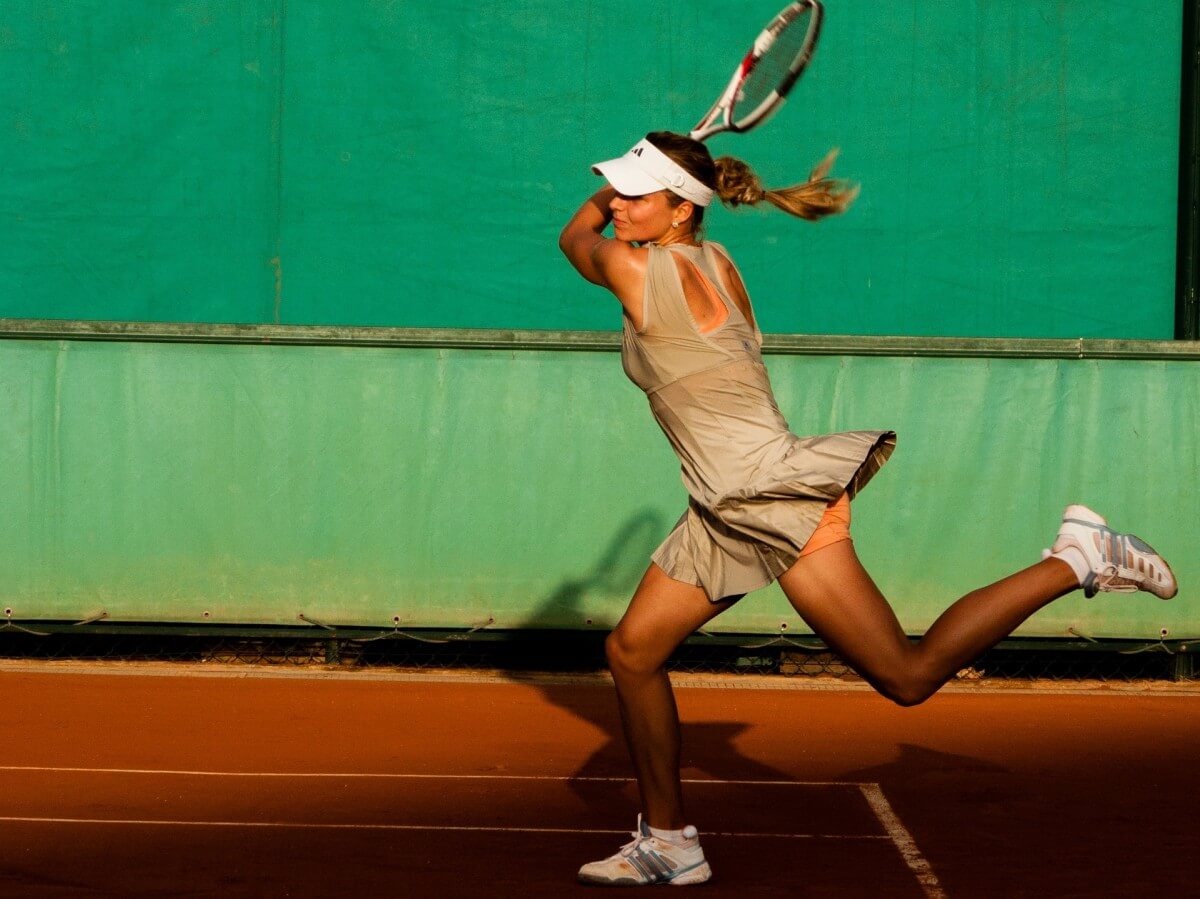
With full disclosure, it would be difficult to imagine a sports world without Kerri Strug’s heroic vault on a sprained ankle (Macias, 2021), or an NFL where Ronnie Lott chose to have his pinky finger amputated so that he could play in the following week’s playoff games (Coffey, 2020). It would be difficult for a coach to extract the best version of a student-athlete or team without some promotion of the Sport Ethic. We also suggest that promoting these behaviors also comes at a cost and, like many other aspects of their jobs, coaches must weigh that cost against winning and the consequences of losing as they mentor, train, and compete alongside their student-athletes. There is also, in most cases, an assumption of risk that occurs where student-athletes understand the obvious and presumed risks inherent to their sport and willingly choose to accept those risks by participating.
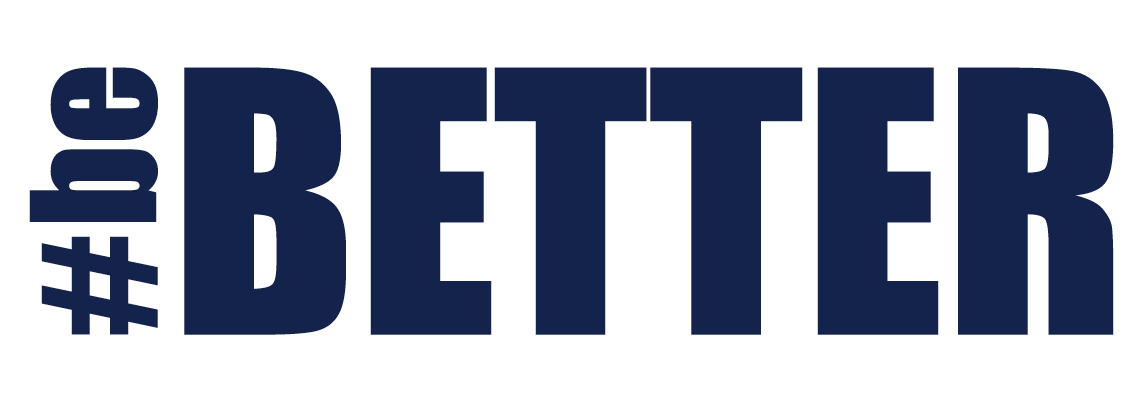 Should we not encourage our children and student-athletes to challenge their limits and be prepared to fight through some degree of pain or discomfort, as the world stands ever ready to provide plenty of obstacles and pain? Perhaps. However, it is important that we consider the weight of our influence and the responsibility to adapt our messaging to best serve those who rely on us for direction. If we are going to argue, “they knew the risks” and lay some of the blame at the athlete’s feet, it is necessary to equally consider what actions or inactions may be negligent on our part. Did we do our best to mitigate the risks of participation? Did we ignore signs of physical or mental distress?
Should we not encourage our children and student-athletes to challenge their limits and be prepared to fight through some degree of pain or discomfort, as the world stands ever ready to provide plenty of obstacles and pain? Perhaps. However, it is important that we consider the weight of our influence and the responsibility to adapt our messaging to best serve those who rely on us for direction. If we are going to argue, “they knew the risks” and lay some of the blame at the athlete’s feet, it is necessary to equally consider what actions or inactions may be negligent on our part. Did we do our best to mitigate the risks of participation? Did we ignore signs of physical or mental distress?
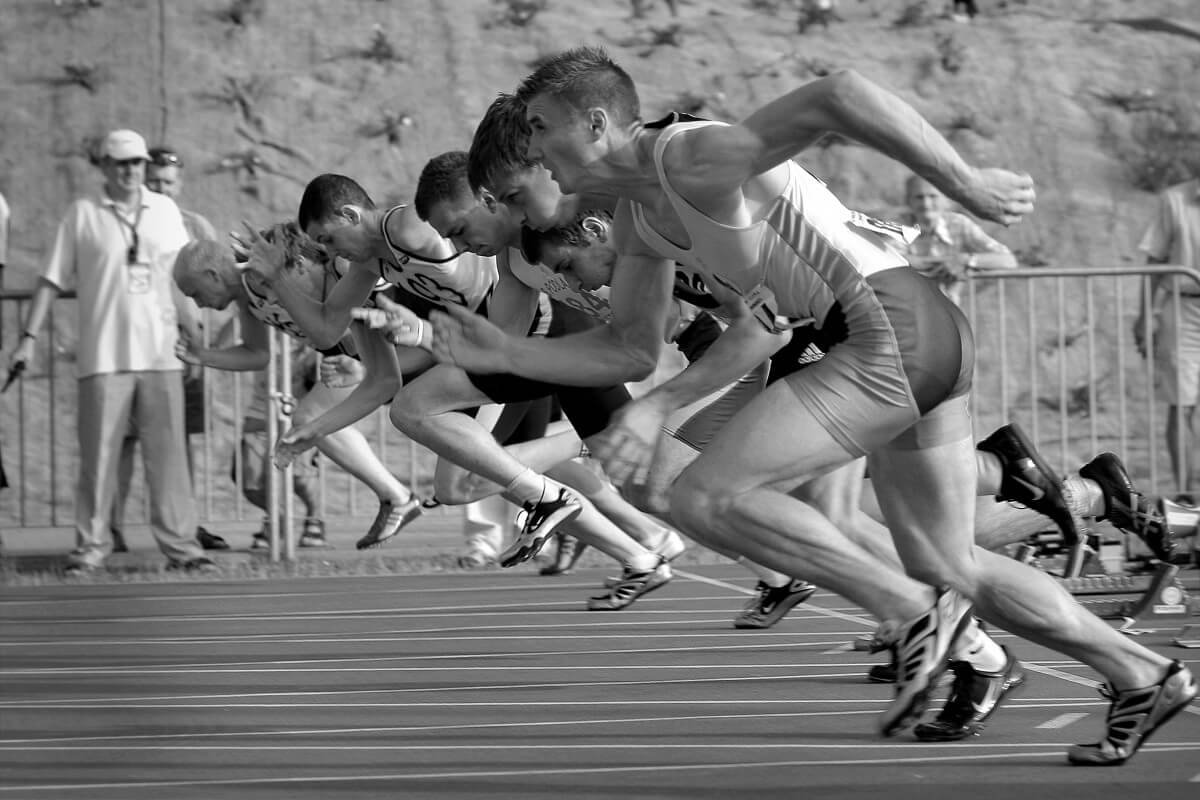
Kevin Love, Gabby Douglass, and Naomi Osaka are all professional athletes competing at the top of their respective sports and each of them have publicly advocated for athlete mental wellness after debilitating encounters with depression and anxiety that prevented them from functioning at a meaningful level. The common reason among these athletes for not seeking treatment sooner was they feared negative consequences to their careers and relationships if they were to break from adherence to the Sport Ethic. They believed others would label them as weak and undedicated. They were not wrong. Douglass was bullied on social media to the point he felt he needed to quit using all social media platforms (Butler, 2016).

We know that professional athletes hold a significant level of influence over their publics, including student-athletes. They are also persuading another, potentially more influential, group of people; the coaches who will help shape their behaviors and attitudes. The chain of influence doesn’t stop there. High school athletes influence middle schoolers who influence youth athletes, who then influence children who are just learning about opportunities for activity. Like all leadership roles, a burden exists to receive information, analyze it, and then provide the desirable elements of that information to those in our charge. A burden also exists to work to help them eliminate undesirable behaviors that may negatively affect them or your team.
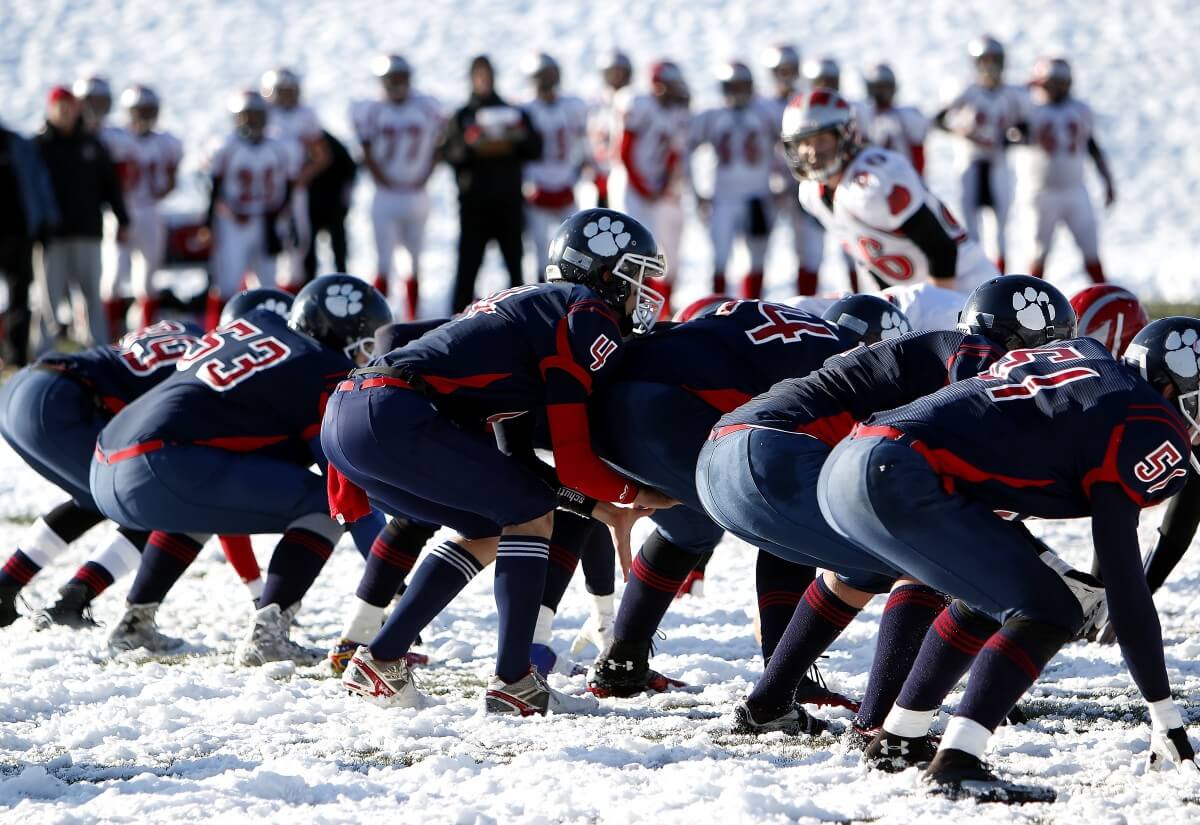
The American Sport Education Program (ASEP) encourages coaches to ascribe to the motto “Athletes First, Winning Second.” “This motto recognizes that striving to win is an important, vital event, part of sports. But it emphatically states that no efforts in striving to win should be made at the expense of players’ well-being, development, and enjoyment” (“Five Tools”, 2007). Caring for athletes and making decisions based on protecting their health and well-being will help you to avoid the pitfalls associated with the Sport Ethic.
Those in your charge will be working men and women, parents, and coaches long after they reach the end of their athletic careers. Those men and women will have behaviors, bodies, memories, and very real ways of thinking, all of which you influenced during a developmental time where that person trusted you to educate and protect them as much as they trusted you to train them. It is essential that we ask ourselves, “what am I doing today, in the way I coach and lead, that will benefit or harm this student?”
References
Butler, A. (2016). Gabby Douglas ‘devastated’ by social media bullies. United Press Internationall. Retrieved from https://www.upi.com/Sports_News/2016/08/15/Gabby-Douglas-devastated-by-social-media-bullies/2841471294587/
Coakley, J. (2021). Sports in society: Issues and controversies. (13th ed.). Boston, MA: McGraw Hill
Coffey, G. (2020). 49ers safety Ronnie Lott sacrificed a finger to keep playing: ‘I Felt Sick’. Sportscasting. Retrieved from https://www.sportscasting.com/49ers-safety-ronnie-lott-sacrificed-a-finger-to-keep-playing-i-felt-sick/
“Five Tools of an Effective COACH”, (2007). Human Kinetics Coach Education Center. Retrieved October 19, 2022, http://www.asep.com/news/ShowArticle.cfm?ID=111
Macias, TJ (2022). Simone Biles has some rethinking 1996 Kerri Strug moment: ‘She shouldn’t have jumped’. Fort Worth Star Telegram. Retrieved from https://www.star-telegram.com/news/nation-world/national/article253095963.html
